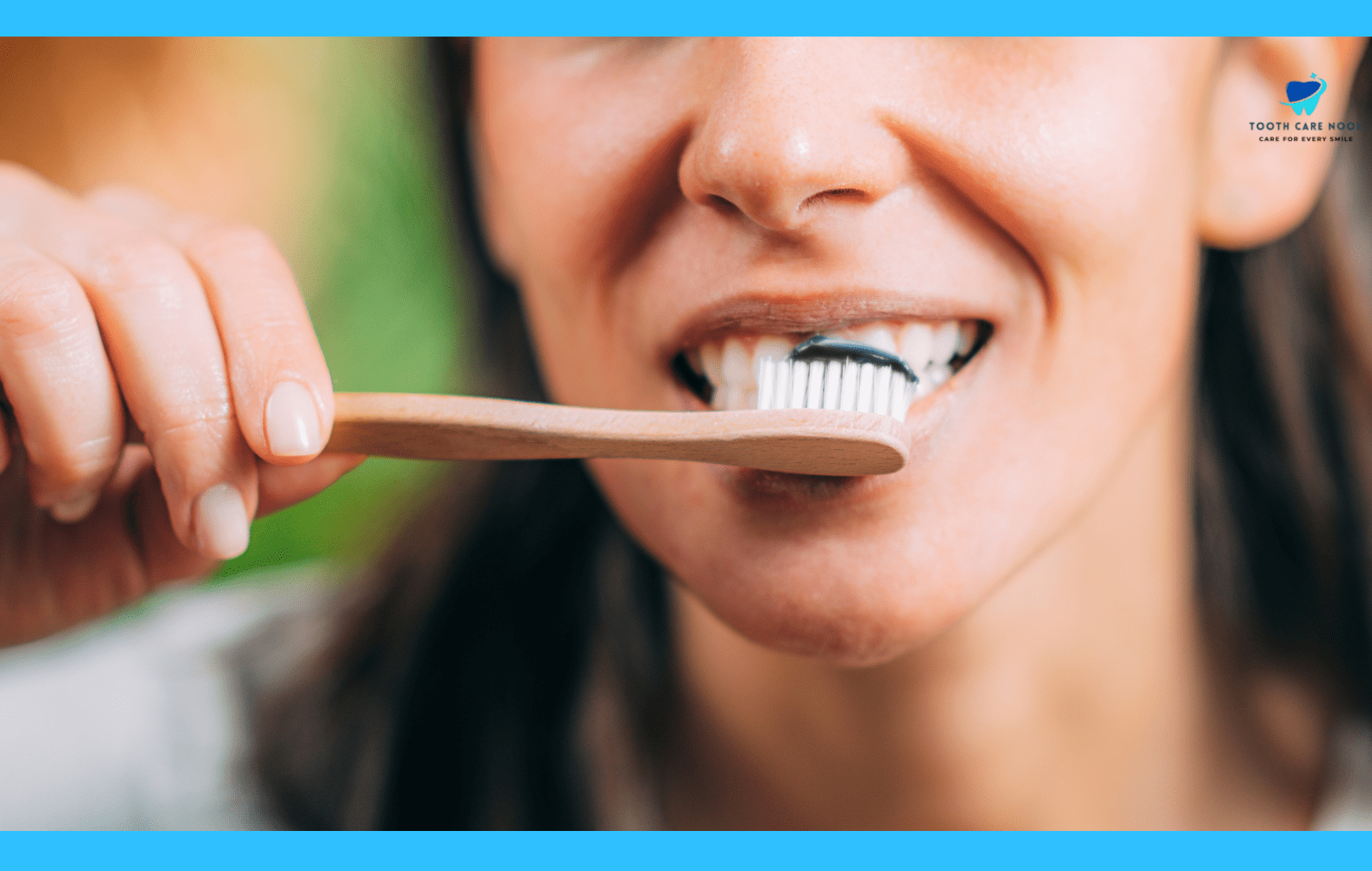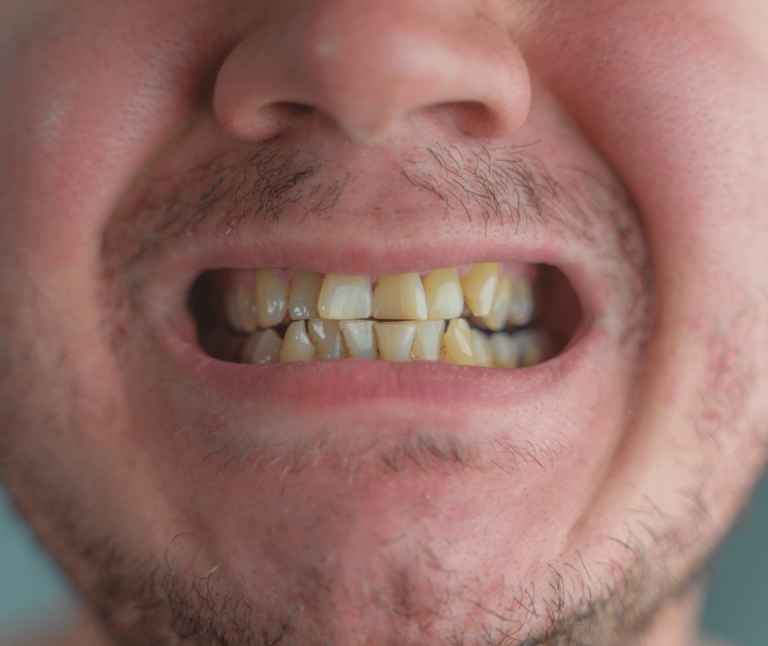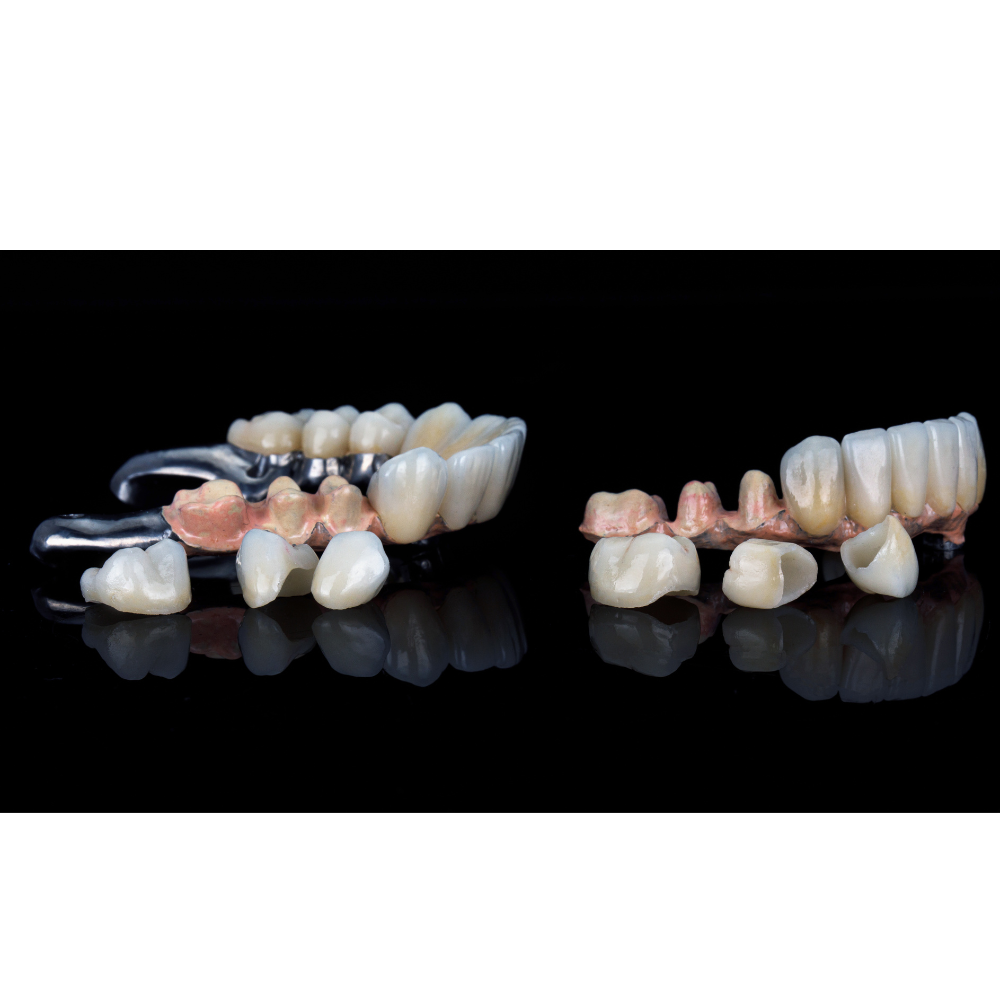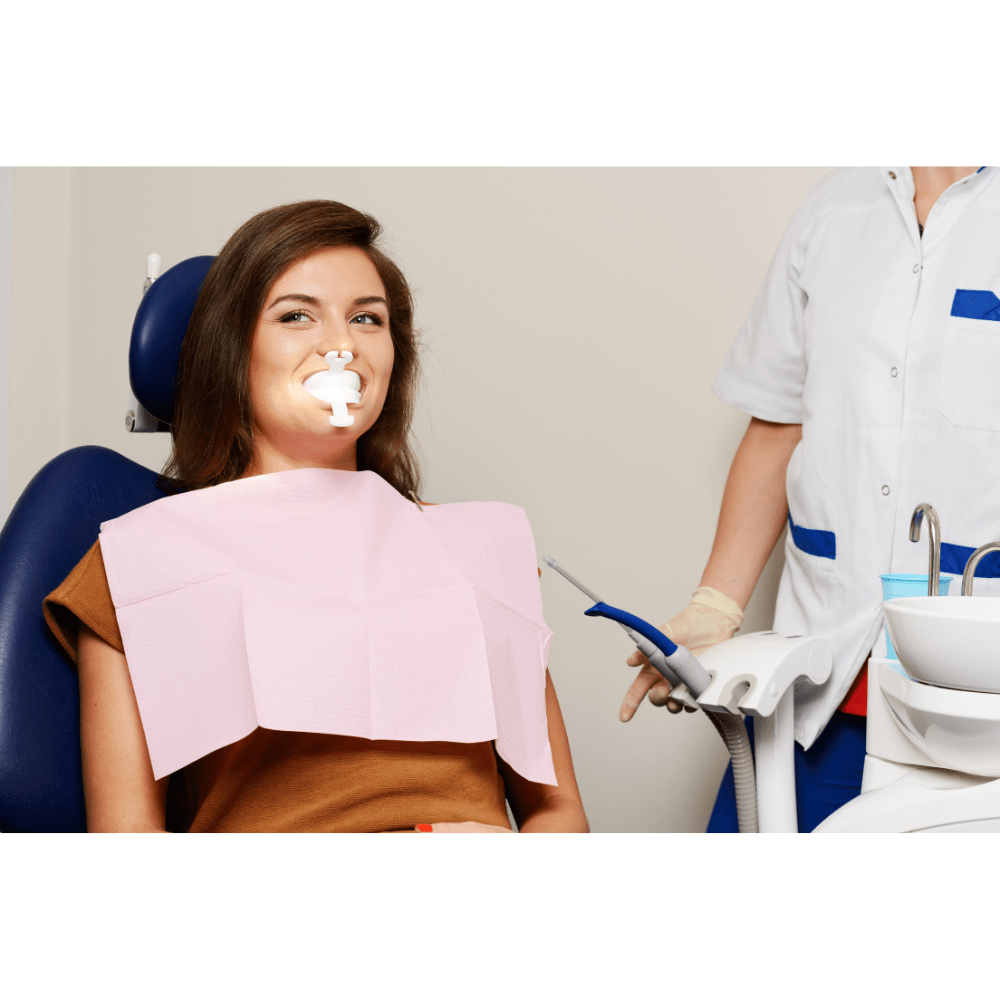Why There Is Orange Stain On Teeth? | Dental Experts Take
Having orange stains on teeth can be alarming and confusing. Many people experience discoloration but knowing why it happens is the first step toward preventing it. Various factors can contribute to this unusual staining ranging from dietary habits to oral hygiene practices.
In this article, we will uncover common reasons behind orange tooth stains and what you can do to address them. You will learn more about maintaining a bright and healthy smile free from unwanted discoloration.
Types Of Teeth Stains
The following are the main types of teeth stains.
Brown and Black Stains:
These are common and often caused by chromogens in coffee, tea, red wine, soy sauce, and colored candies. Tobacco use also heavily contributes to brown and black stains.
Orange Stains:
Orange stains on teeth can be surprising, but they’re relatively common. This can be due to foods like carrots or curries or bacteria that thrive in plaque buildup with poor oral hygiene.
Yellow Stains:
This is a widespread shade of discoloration and can come from various sources. Regular consumption of coffee, tea, or soda can stain teeth yellow. Smoking and poor oral hygiene also play a role. Yellowing can also be a natural part of the aging process.
Purple and Red Stains:
Red wine, berries, and certain candies can leave a reddish tint and red stains on teeth. For frequent red wine drinkers, the stain can become a deeper purple.
Green Stains:
Green plaque on teeth is a less common type of teeth stain. These stains might indicate the presence of specific bacteria or fungus in plaque buildup. This usually occurs with inadequate brushing and flossing.
Why There Is Orange Stain On Teeth?
The following are two main reasons behind orange stains on teeth:
1. Chromogenic Bacteria:
Chromogenic bacteria cause stains on teeth by thriving in plaque buildup, especially when oral hygiene isn’t ideal. They produce an orange or brown pigment that sticks to the tooth’s surface. This is more likely if the stains are concentrated near the gumline.
2. Pigmented Foods and Drinks:
Certain foods and drinks have strong orange or red stains on your teeth. This includes curries, turmeric, carrots, beets, and orange soda. The stains are most noticeable if the plaque on your teeth readily absorbs the color.
How To Get Rid Of Dental Orange Stains?
You can take the following steps to get rid of dental orange stains:
Brushing After Staining Foods:
If you consume many orange-colored foods or drinks, try brushing your teeth soon after to prevent the color from setting in.
Whitening Toothpaste:
Consider using a whitening toothpaste that contains mild abrasives to scrub away surface stains gently. However, these toothpastes may not be effective for deeper stains.
Professional Cleaning:
Professional dental cleaning by a hygienist is the most effective option for stubborn stains. They can remove plaque buildup and deep stains, leaving your teeth brighter and cleaner.

FAQs
Can I Remove Tartar At Home?
No, once plaque hardens into tartar, brushing and flossing alone won’t remove it. You’ll need a professional cleaning by a dentist or hygienist.
Does Drinking Water Remove Tartar?
Drinking water helps rinse away food particles and can somewhat slow down tartar buildup, but it won’t remove existing tartar.
Can I Scrape My Teeth?
It’s not recommended. Scraping your teeth with sharp objects can damage your gums and enamel. Stick to brushing and flossing gently.
Does Plaque On Teeth Smell Bad?
Plaque itself doesn’t necessarily have a strong odor. However, the bacteria in plaque break down food particles which can lead to halitosis. Brushing and flossing regularly helps remove plaque and freshen your breath.



